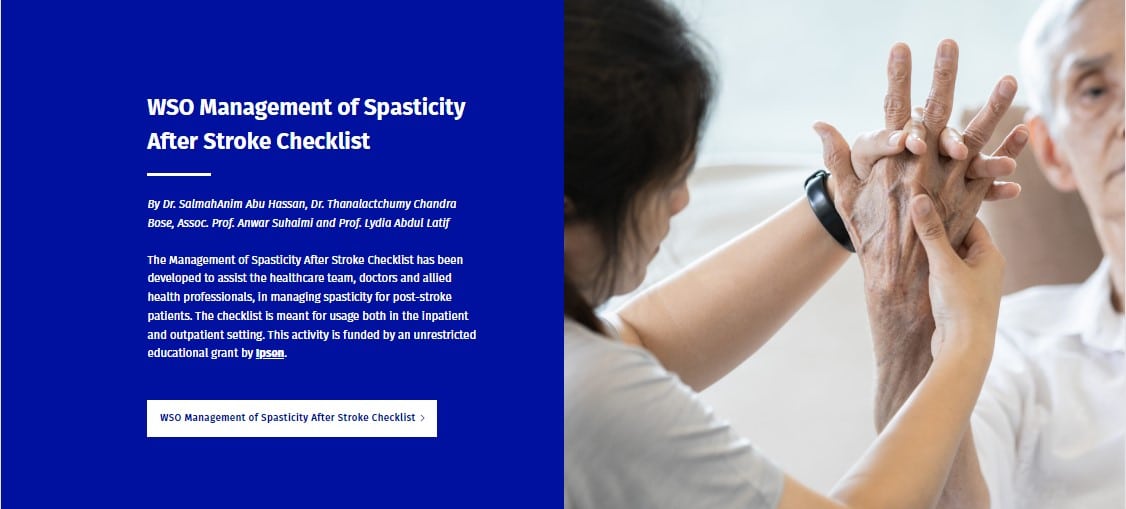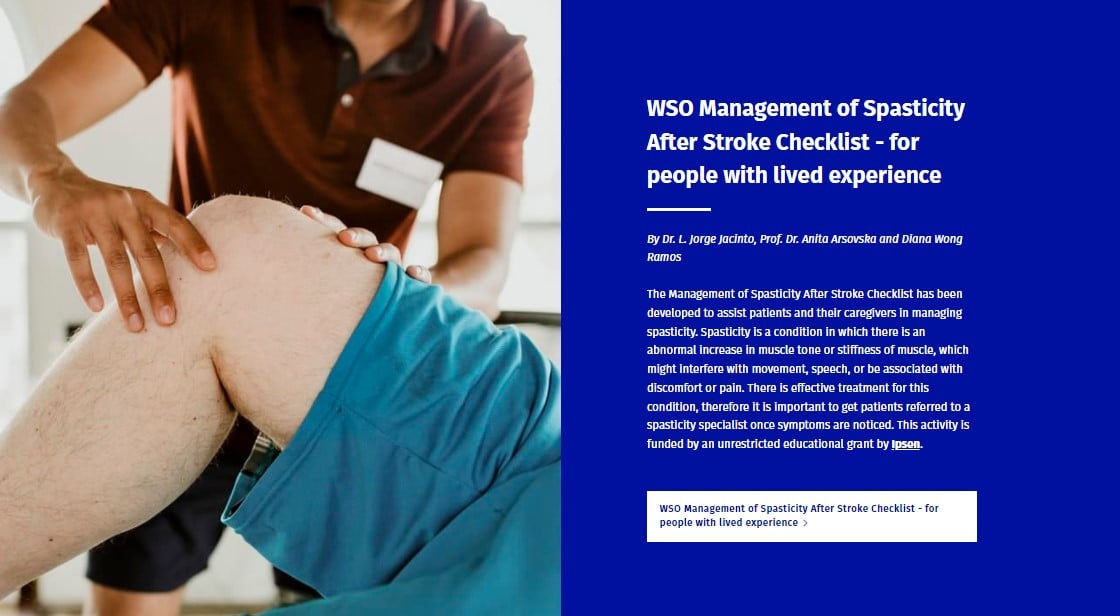The Paper of The Month – May
09 May 2023Title: Poststroke spasticity: new definition and interference with motor recovery

Title: Poststroke spasticity: new definition and interference with motor recovery
Author: Prof. Dr. Anita Arsovska – WSA Associate Commissioning Editor
This article is a commentary on the following: Li S, Francisco GE, Rymer WZ. A New Definition of Poststroke Spasticity and the Interference of Spasticity With Motor Recovery From Acute to Chronic Stages. Neurorehabilitation and Neural Repair. 2021;35(7):601-610. doi:10.1177/15459683211011214, https://pubmed.ncbi.nlm.nih.gov/33978513/
Summary of the findings:
The authors propose a new definition of spasticity: Spasticity is manifested as velocity- and muscle length–dependent increase in resistance to externally imposed muscle stretch. It results from hyperexcitable descending excitatory brainstem pathways and from the resultant exaggerated stretch reflex responses (1). Other related motor impairments, including abnormal synergies, inappropriate muscle activation, and anomalous muscle coactivation, coexist with spasticity and share similar pathophysiological origins. The definition is proposed to better account for its pathophysiology and the complex nuances of different definitions of motor recovery. “True” motor recovery refers to return of motor behaviors to pre stroke state. Post-stroke motor recovery is also defined as “improvement in performance of functional tasks,” i.e., functional recovery, which is mainly mediated by compensatory mechanisms. The authors assert that spasticity results from upregulation of medial cortico-reticulo-spinal pathways that are disinhibited due to damage of the motor cortex or corticobulbar pathways. Spasticity emerges as a manifestation of maladaptive plasticity in the early stages of recovery and can persist into the chronic stage.
Commentary:
Definition of spasticity
The first definition of spasticity dates back in 1972, when Burke et al. defined it as increased resistance to passive movement due to a lowered threshold of tonic and phasic stretch reflexes (2).In 1980, Lance et al. provided another definition, i.e. that physiologically spasticity was defined as a motor disorder characterized by a velocity dependent increase in the tonic stretch reflexes (muscle tone) with exaggerated tendon jerks, resulting from hyperexcitability of the stretch reflexes as one component of the upper motor neuron (UMN) syndrome (3). The definition of spasticity was further elaborated by Young, 1989; Delwaide and Gerard, 1993 by adding several features of spastic paresis to form a more comprehensive picture of UMN syndrome (4,5) (Young, 1989; Delwaide and- Gerard, 1993).
Mechanism of spasticity
In the pathophysiology of spasticity and spastic paretic syndrome there are two broad categories of inter-related influencing mechanisms:1. Spinal mechanism concerning changes in the functioning of the spinal neurons and motor subsystems.2. Supraspinal and suprasegmental mechanisms (6).
Predictors of spasticity after stroke
Ri et al. used MRI to identify early brain imaging predictors of spasticity after stroke (7).Brain imaging data from 103 stroke patients were collected in the hyperacute phase (< 7 days after stroke onset). A total of 23 patients developed post-stroke spasticity. The volumes of brain lesions involving motor network areas were significantly larger in patients with post-stroke spasticity compared with those without post-stroke spasticity (p < 0.01). Supratentorial lesion of < 0.5 cm3 were not associated with risk of post-stroke spasticity, except when the internal capsule and striatum was affected. The authors concluded that lesions involving motor network areas are considered to be a precondition of post-stroke spasticity. There was a low risk of developing post-stroke spasticity with < 0.5 cm3 volumes of supratentorial brain lesions involving motor network areas. Larger volume brain lesions involving motor network areas, e.g. > 3 cm3, were significantly more common in patients with post-stroke spasticity. Pure cortical lesions have no risk of post-stroke spasticity in stroke survivors.
Non-spasticity after stroke
A recent study aimed to describe the prevalence and clinical characteristics of stroke patients without spasticity, and simultaneously analyze the factors related to post-stroke non-spasticity (8). A total of 819 stroke patients with an average age of 61.6±13.7 years old were analyzed; 201 (24.5%) patients developed spasticity, and 618 (75.5%) patients had no spasticity. The authors concluded that most stroke patients do not have spasticity, especially the elderly, patients with ischemic stroke, and those with mild functional impairment, suggesting that not all upper motor nerve injuries lead to increased muscle tension. For young individuals, patients with hemorrhagic stroke, and those with moderate to severe functional impairment, close follow-up is necessary to identify the occurrence of spasticity early on and then formulate corresponding rehabilitation strategies for prompt intervention.
Management of spasticity
A variety of strategies are available for the management of spasticity. Clearly, identifying the goals of the patient and caregiver is vital before beginning of the treatment. Treatment approaches include pharmacological treatment (chemo denervation with botulinum toxin and oral medications), functional electrical stimulation/neuromuscular electrical stimulations (NMES) or vibrations, intrathecal baclofen therapy (ITB), selective dorsal rhizotomy, orthopedic surgery, physical and occupational therapy. Prevention of spasticity consists of the alleviation or treatment of precipitating factors, such as the following: pressure areas, infections (eg, bladder, toenail, ear, or skin infections), deep venous thrombosis, constipation, bladder distention, fatigue and cold.
Conclusion
Early prediction of post-stroke spasticity can prioritise at-risk patients for evaluation and management. Neuroimaging may help predict the occurrence of spasticity and could provide insight into its neurological basis (9).
References
1. Li S, Francisco GE, Rymer WZ. A New Definition of Poststroke Spasticity and the Interference of Spasticity With Motor Recovery From Acute to Chronic Stages. Neurorehabilitation and Neural Repair. 2021;35(7):601-610. doi:10.1177/15459683211011214
2. Burke D, Ashby P. Are spinal ‘presynaptic’ inhibitory mechanisms suppressed in spasticity? J. Neurol. Sci. 1972; 15, 321–326.
3. Lance JW. “Symposium” in Spasticity: Disordered Motor Control, eds R. G. Feldman, R. R. Young, and W.P. Koella (Chicago: Year Book MedicalPubs), 1980; 485–495.
4. Young RR. Treatment of spastic patients. N. Engl. J. Med. 1989; 320,1553–1555.
5. Delwarde PJ, Pennisi, G. Tizanidine and electrophysiologic analysis of spinal control mechanisms in human with spasticity. Neurology 44 (11 Suppl. 9), 1994; S21–S28.
6. Chakravarty A, Mukherjee A. Spasticity Mechanisms – for the Clinician. Frontiers in Neurology, Vol 1, 2010; 10.3389/fneur.2010.00149
7. Ri S, Glaess-Leistner S, Wissel J. Early brain imaging predictors of post-stroke spasticity. J Rehabil Med. 2021; 53(3): 2762. doi: 10.2340/16501977-2803
8. Cheng H, Fang X, Liao L, Tao Y, Gao C: Prevalence and factors influencing the occurrence of spasticity in stroke patients: a retrospective study, Neurological Research, 2023; 45:2, 166-172, DOI: 10.1080/01616412.2022.2127249
9. Thibaut A, Chatelle C, Ziegler E et al. Spasticity after stroke: Physiology, assessment and treatment. Brain Injury,2013; Vol 27, No 19, p. 1093-1105
Related WSA Webinar – Effective Management of Post-Stroke Spasticity:
Related WSA Checklist – Management of Spasticity After Stroke (for HCPs)
By Dr. SalmahAnim Abu Hassan, Dr. Thanalactchumy Chandra Bose, Assoc. Prof. Anwar Suhaimi and Prof. Lydia Abdul Latif
The Management of Spasticity After Stroke Checklist has been developed to assist the healthcare team, doctors and allied health professionals, in managing spasticity for post-stroke patients. The checklist is meant for usage both in the inpatient and outpatient setting. This activity is funded by an unrestricted educational grant by Ipsen.
Related WSA Checklist – Management of Spasticity After Stroke (for people with lived experience)
By Dr. L. Jorge Jacinto, Prof. Dr. Anita Arsovska and Diana Wong Ramos
The Management of Spasticity After Stroke Checklist has been developed to assist patients and their caregivers in managing spasticity. Spasticity is a condition in which there is an abnormal increase in muscle tone or stiffness of muscle, which might interfere with movement, speech, or be associated with discomfort or pain. There is effective treatment for this condition, therefore it is important to get patients referred to a spasticity specialist once symptoms are noticed. This activity is funded by an unrestricted educational grant by Ipsen.



